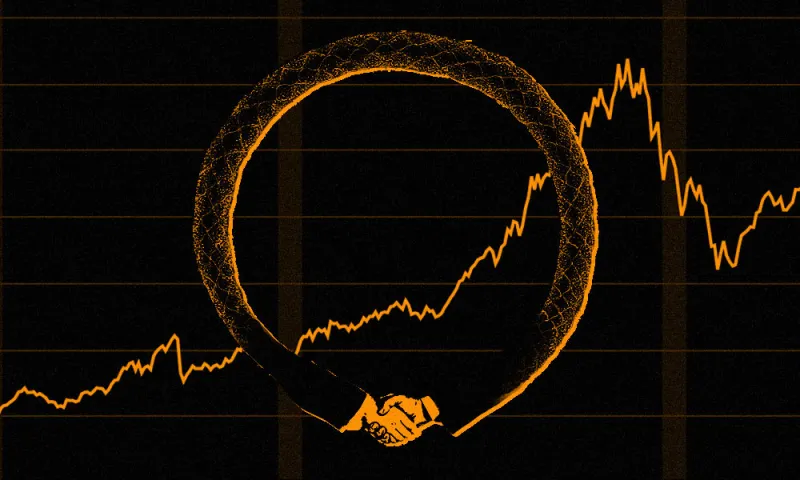A well-known GP in our portfolio has been known to say that PE performance “isn’t a return until you can buy a beer with it.”
In other words, paper gains don’t mean much until the company has been sold and actual capital gains can be returned to investors. Indeed, a large part of interim performance analysis on existing funds is trying to determine what the likely exit scenarios, and valuations, will be for current portfolio companies.
While part of this requires an understanding of the micro — the sales growth and profit margin trends at the individual company level — equally important is an understanding of the macro, or the overall economic conditions, credit market conditions, and exit environment.
In 2017, private equity realizations remained strong for the fourth straight year. According to Bain’s Annual Private Equity Report, last year more than 1,000 private equity portfolio companies globally were sold, creating $366 billion worth of liquidity for investors.
The majority of these exits were to corporate acquirers, but the amount of private equity sponsor-to-sponsor transactions increased to nearly one third of all deal flow. And recent research from Preqin shows this trend continuing into the second quarter of 2018, with 34 percent of exit volume going to other private equity funds.
And with record amounts of dry powder available — perhaps as much as $1.5 trillion — we should expect private equity firms to continue aggressively sourcing target platforms everywhere, including from other private equity funds.
Why is this a problem?
Well, aside from the inexorable upward pressure this latent buyer power puts on acquisition multiples, and the increased likelihood of lower private equity returns going forward, 2007 remains the only year on record where private equity funds accounted for the majority of exit activity for private equity companies — and we all know what followed. It creates challenges for limited partners and highlights some problems with the current predominant fund structure for longer value-creation hold periods.
First, limited partners will often find themselves on both sides of the deal, as investors in the fund selling the shares and in the fund buying. So, at the end of the transaction, they still own the same company, less the substantial fees, transaction costs, and carry, of course. Transaction fees alone can average 1 percent to 3 percent of the deal value, and sometimes even higher.
Now, private equity managers will often argue that once they have reached the end of their value creation blueprint, it’s time to sell. And there probably is validity in a growth fund sticking to its sales-and-marketing knitting instead of trying to implement cost-cutting techniques, possibly outside its core competency. However, it sure seems to me it would be easier, and cheaper, to change management out to effect such operational changes than flip the entire capital structure.
So far through the first half of 2018, a new trend has emerged that is even more concerning.
Instead of one private equity manager selling a portfolio company to a fund managed by another firm entirely, we’ve observed three separate instances where funds in our portfolio have sought limited partner advisory committee approval to sell a position in a company from one fund and purchase that same company into their own successor fund.
Now, I concede I’m often overly skeptical — which I think helps make me a decent allocator! — but having worked at a few broker/dealers in my career, it also seems to me this is analogous to a trader crossing a transaction in two discretionary client accounts.
One could argue that such a trade can be justified due to different time horizons and risk/return objectives of each client, despite resulting in no net economic benefit for their customers on the whole. Certainly, the commissions resulting from the churn are profitable to the broker regardless, creating a clear incentive for abuse.
Thankfully, the SEC takes a dim view of crossing your clients — and has explicit rules prohibiting manipulative and deceptive trading activity in discretionary brokerage accounts. While not completely eradicated, increased trading and KYC compliance standards today have made this specific type of predatory practice much less prevalent.
Which is why the rise of the fund-to fund deal is even more troubling than the sponsor-to-sponsor transaction.
Selling a company out of one fund and buying it in another, even when a third party leads the transaction to establish the value, is simply a huge conflict for GPs who have broad discretion. First, unless they voluntarily defer it, most limited partnership agreements still allow the GP to collect incentive fees and transaction fees on the deal.
And while the funds may technically be different clients, the underlying limited partners are obviously far more likely to be identical than is the case for a sponsor-to-sponsor deal. As far as the objectives go, successor funds are literally sold as targeting the exact same type of risk/return profile. Their time horizons and hold periods may be different, but that’s merely an arbitrary function of the fund structure.
At the very least, no general partner should crystallize any carry or transactions fees on such deals, because you haven’t created any net liquidity to your clients. You’ve just crossed them and taken economics out along the way. And if the hold period doesn’t line up with the fund structure, then let’s talk about changing structure.
But it shouldn’t be capital gains to you until it can truly be capital gains to us. And maybe then we can go buy a beer together.







